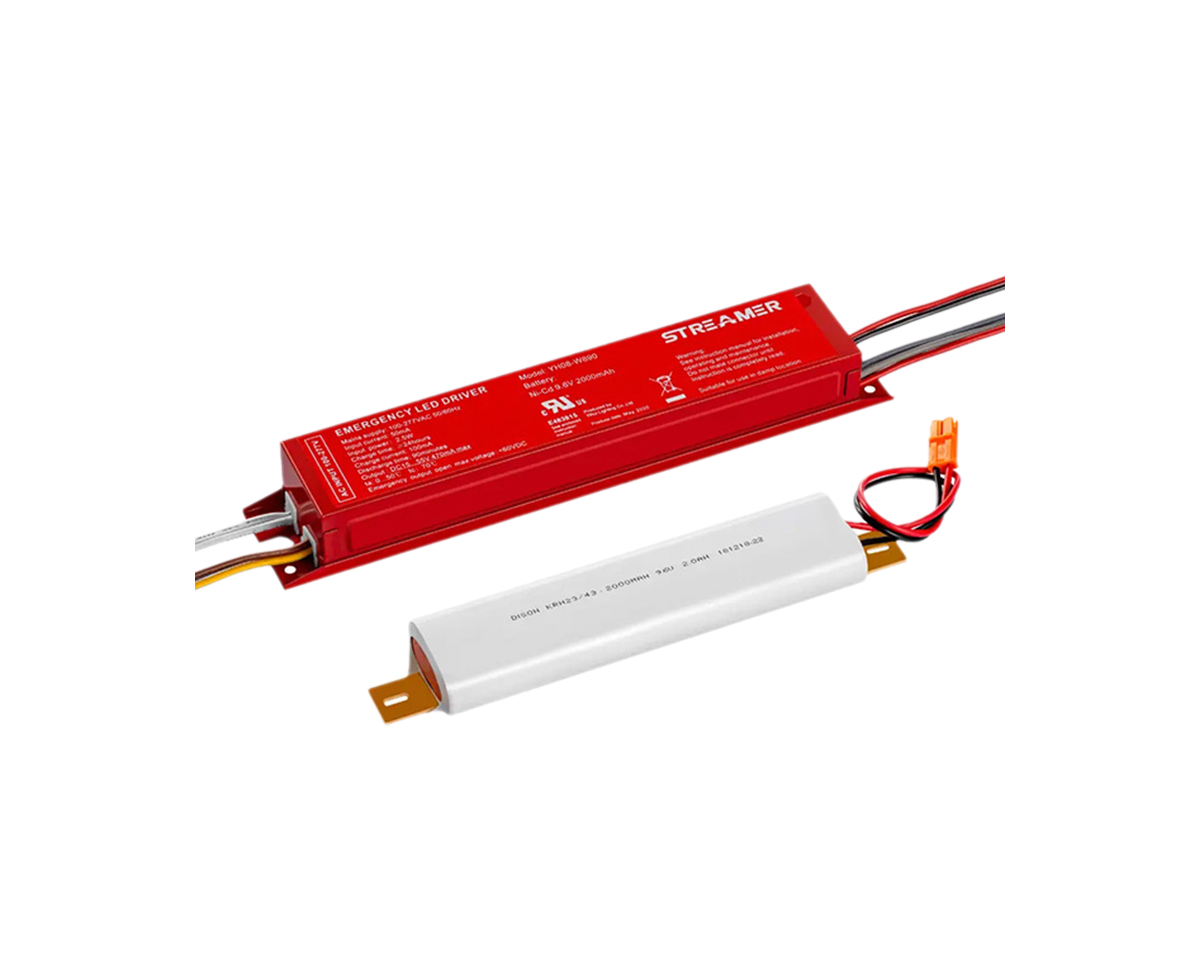 1
1
 Jun 06, 2025
Jun 06, 2025

The integration of Internet of Things (IoT) technology into LED emergency converters has revolutionized the field of emergency lighting, bringing forth a new era of intelligent and interconnected lighting solutions. IoT smart LED emergency converters combine the functionality of traditional emergency lighting with advanced connectivity and data - driven capabilities, enabling enhanced control, monitoring, and management.
At the core of an IoT smart LED emergency converter is its ability to connect to a network, typically via Wi-Fi, Bluetooth, Zigbee, or cellular networks. This connectivity allows the converter to communicate with a central management system, smartphones, or other smart devices. For example, facility managers can use a dedicated mobile application to remotely control and configure multiple IoT smart LED emergency converters across an entire building or campus. They can set parameters such as the activation time, brightness level during an emergency, and the duration of emergency lighting. This remote control feature eliminates the need for manual adjustment of each individual converter, saving time and effort.
Another key aspect is the data collection and analysis capabilities. These converters are equipped with sensors that can monitor various parameters, including battery status, ambient light levels, and the operational status of the LED lights. The collected data is transmitted to the cloud or a local server for analysis. For instance, by continuously monitoring the battery status, the system can predict when a battery is about to run out and send alerts to maintenance staff, enabling proactive battery replacement. Analyzing ambient light levels can help optimize the energy consumption of the emergency lighting. If the ambient light is sufficient during normal operation, the converter can reduce the brightness of the LED lights or even turn them off, saving energy while still being ready to activate in case of an emergency.
IoT smart LED emergency converters also support seamless integration with other smart building systems. They can be integrated with fire alarm systems, security systems, and building management systems. When a fire alarm is triggered, the emergency converters can automatically activate and provide clear illumination for safe evacuation routes. They can also communicate with security cameras and access control systems to enhance overall security during an emergency. This integration creates a more coordinated and efficient emergency response system within a building.
Furthermore, these converters can be updated and maintained remotely. Software updates can be pushed to the converters over - the - air, ensuring that they always have the latest features and security patches. Remote diagnostic tools can be used to identify and troubleshoot any issues, reducing downtime and maintenance costs. The use of IoT technology in LED emergency converters not only improves the performance and reliability of emergency lighting but also contributes to the development of smart, sustainable, and safe buildings.